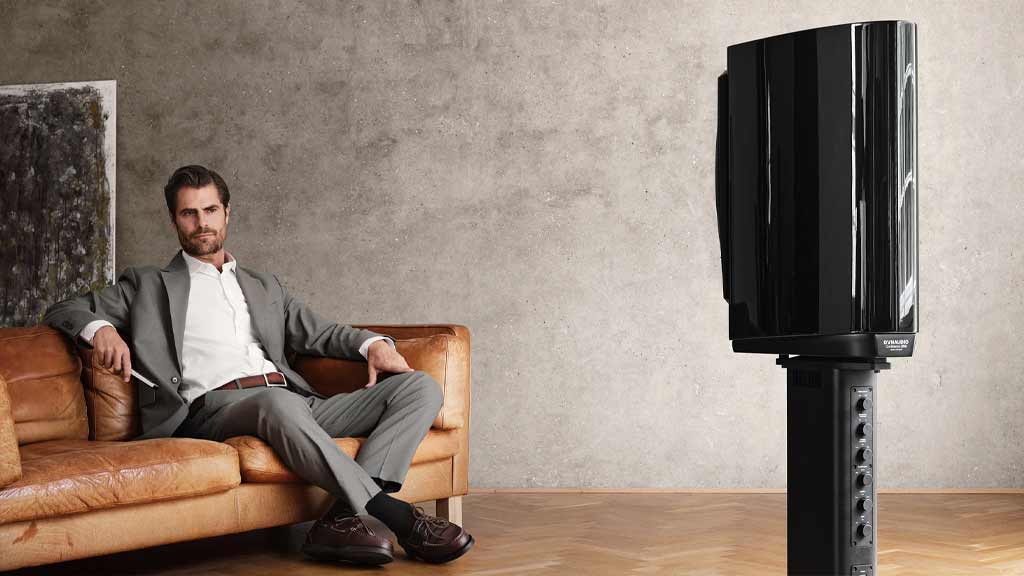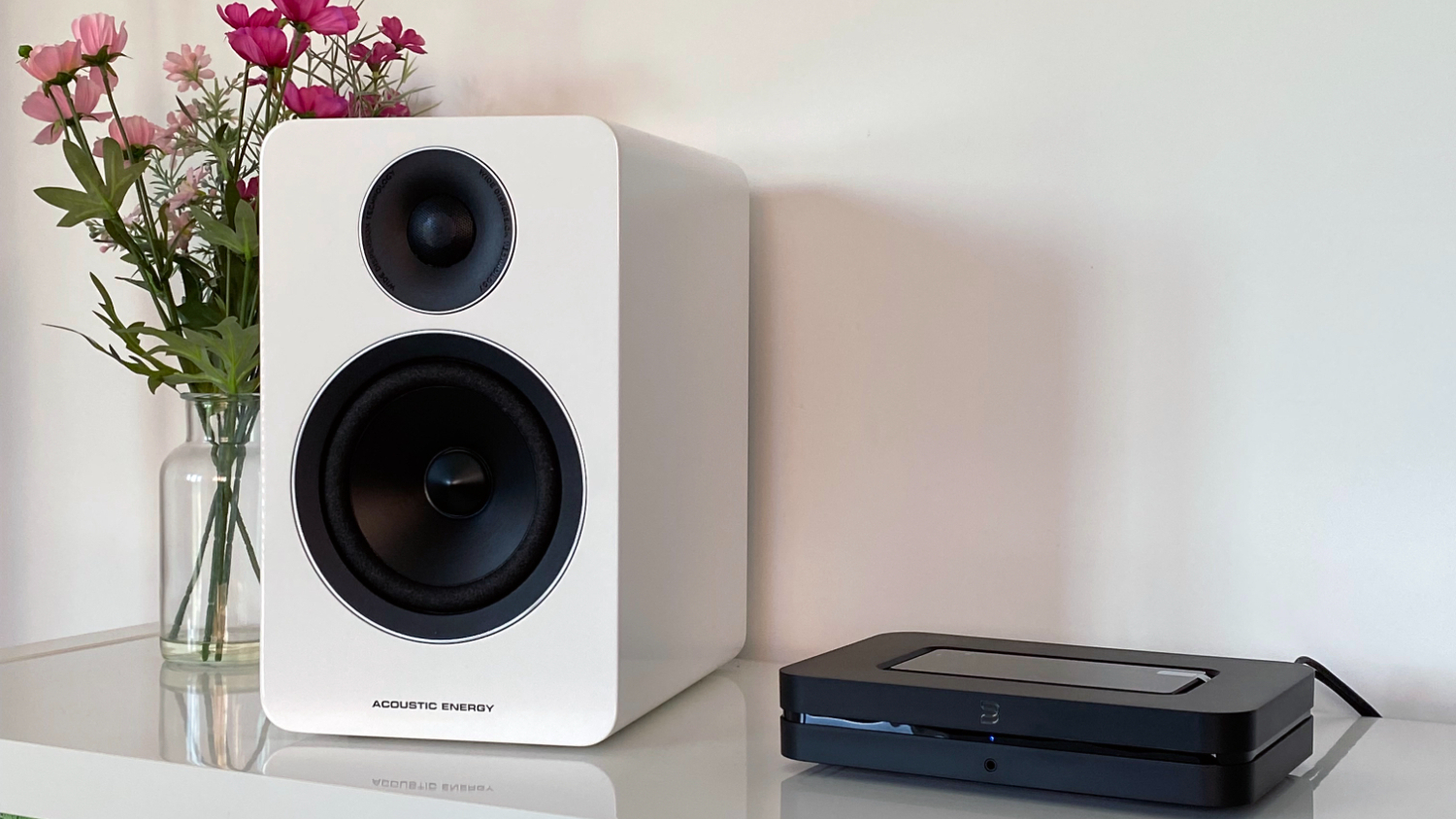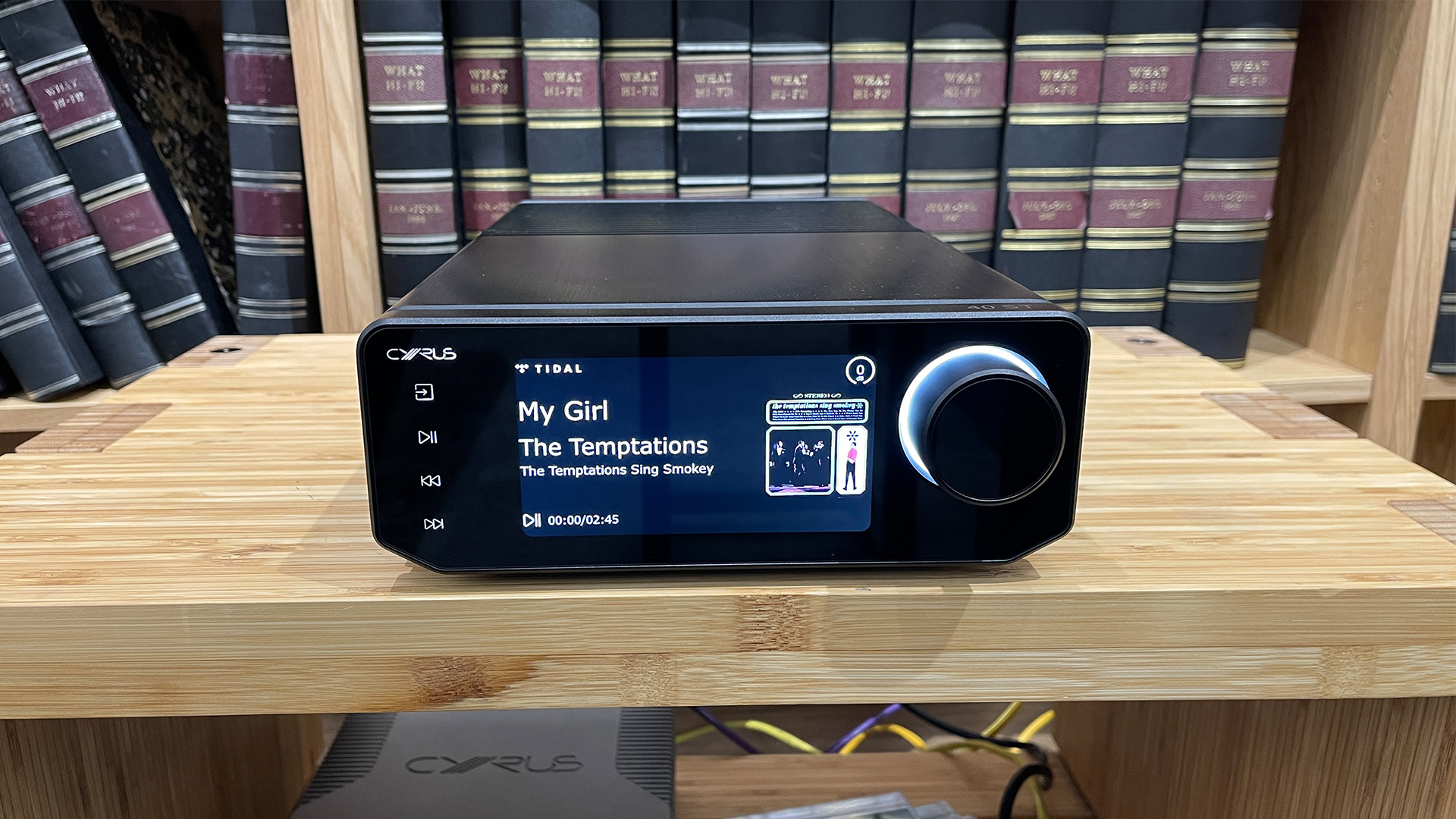Neat, convenient and great audio – I’m surprised this best-of-both-worlds hi-fi product isn’t more popular
It nails the balance between performance and convenience better than any alternative

Ignoring the paradox of choice for a moment, it has never been easier to get into hi-fi. Nowadays, you can have everything you need for true stereo hi-fi playback in just a pair of neat speaker boxes, and effortless control at your fingertips, thanks to the rise of system-holistic streaming speakers like the KEF LS50 Wireless II and JBL 4329P Studio Monitor.
Thus, the convenience spectrum of hi-fi has been expanded, and the category has grown with efforts from not only KEF and JBL but also Technics, Triangle, Q Acoustics, Focal and others.
At the other end of that spectrum, of course, is the traditional, purist, ‘sound-first’ separates route, whereby every stage of the system is tackled by a, er, separate component.
However, somewhere in the middle of that wide gulf, increasingly overshadowed by those two most popular system paths, is another solution that I believe nails the balance between performance and convenience even better, and which I’m surprised isn’t more popular: active speakers, connected to a source.
Meeting in the middle
This best-of-both-worlds solution requires an extra box (and cable) compared to streaming speakers, but still fewer boxes (and cables) than a separates system. And it makes a lot of sense from a performance perspective.
For the uninitiated, active speakers have power amplifiers built into their cabinets. That’s the crude description (which also applies to powered speakers). The more useful one is that they work differently from a traditional system (and powered speakers), and offer performance benefits in doing so.
In a typical set-up of, say, a music streamer, stereo amplifier and pair of passive speakers, the power amplification stage (in the stereo amp) goes before the crossover section (in the speaker) in the chain.
The latest hi-fi, home cinema and tech news, reviews, buying advice and deals, direct to your inbox.
In this case, the crossover, which splits the signal’s frequencies and directs them to the correct drive unit, is passive (it doesn’t need power) and works at the speaker level, meaning that the capacitors and resistors in the crossover network are designed to handle hundreds of watts of power and therefore tend to be wider tolerence components.
So if the tweeter is, say, 10 per cent too high at the crossover point, the integration and tonal balance of the speaker suffers accordingly.
With active speakers, however, the crossover goes before the power amp (both are now within the speaker), and the crossover is active and can work at the much lower power levels – say, half a watt.
That means components can be more finely toleranced to what they actually need to do.

Because of this, and the fact that the amplifier is a) chosen specifically for the drive unit, and b) connected directly to it, you get better control, lower distortion and higher accuracy. Win.
The caveat is that very few manufacturers of active speakers are also experts in electronics, so amplifiers are often chosen off-the-shelf from an OEM and not necessarily optimally implemented.
The Focal Diva Utopia is an example of an exception, as Focal’s speaker expertise is here complemented by the amplification skills of sister brand Naim.
You also have active speakers’ inherent upgrade limitation, as you naturally cannot easily upgrade the speaker and amplifier elements individually.
Finally and more obviously, perceived value suffers due to the fact that much of the expense (the amplifiers and active crossover) is hidden inside the cabinets, so they look like ‘just’ a pair of passive speakers.
Choose wisely and be at peace with the upgrade restriction, however, and active speakers make a lot of sense. Especially now that they are predominantly neatly integrated two-box affairs – although some, like those in Dali’s catalogue, still require an extra connectivity box.
Some readers will inevitably remember active speakers’ primary and performance-optimal implementation, whereby each speaker drive unit was driven by a separate amplifier, and a crossover was also housed in a separate box (remember the Naim Naxo?)… which often made for double-digit box counts!
Keep the source separate

So why get active speakers and an external music streamer rather than the all-in streaming speaker systems (essentially active speakers with streaming chips and circuitry) that are becoming increasingly popular?
After all, the pure active speaker market isn’t exactly having a booming moment – look at our best active speakers buying guide and most sensibly priced options integrate streaming.
Generally, whenever you pack more components into a small space, performance suffers due to the interference. Theoretically, taking the sensitive stuff outside of the speaker is both mechanically and electrically preferable (hence the high box count of active speakers previously!)
Sure, it’s neater having a two-(rather than three)-box system, but the aforementioned performance benefits of physical separation, plus the recent improvement in standalone music streamers and their performance superiority over integrated streaming solutions, make it, in my mind, the best hi-fi system compromise.
It’s neat, convenient and delivers great sound quality without the complexity of housing, setting up and sound-matching separates.
Sold? Just remember that your streamer would need a built-in preamp/volume control.
Two examples of ideal pairings that spring to mind are the Acoustic Energy AE1 Actives (£1049 / AU$2725) with the Cambridge Audio MXN10 streamer (£449 / $499 / AU$899), and the ATC SCM20ASL speakers (£6495 / $9999) with the Cyrus 40 ST streamer (£2995 / $3995 / AU$4999).
MORE:
Active vs passive speakers: what's the difference? Which is better?

Becky is a hi-fi, AV and technology journalist, formerly the Managing Editor at What Hi-Fi? and Editor of Australian Hi-Fi and Audio Esoterica magazines. With over twelve years of journalism experience in the hi-fi industry, she has reviewed all manner of audio gear, from budget amplifiers to high-end speakers, and particularly specialises in headphones and head-fi devices.
In her spare time, Becky can often be found running, watching Liverpool FC and horror movies, and hunting for gluten-free cake.
You must confirm your public display name before commenting
Please logout and then login again, you will then be prompted to enter your display name.
